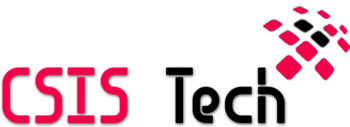Data Governance: Definitions & Best Practices

More and more companies are interested in developing a coherent data governance. They want to ensure that they will be able to keep their data secure and their data systems flexible. Many of these companies do not know exactly how to go about this process. They are uncertain of how to delegate responsibility or how to train employees in the concepts of governance. These companies need to take careful steps and communicate clearly to their employees about any and all aspects of governance.

Governance is the process by which companies make decisions about authority and responsibility for the aspects of their data usage. Governance is usually expressed in a structure and a series of rules. The main components of data usage and management are divided up and delegated to one or more individuals. Then, there is a chain of command that is established all the way up to upper management. A wide variety of employees play different roles in this process. Some individuals use data or maintain it in one way or another. Managers are responsible for any problems or questions that may arise. Finally, members of upper management decide when the greater data governance plan needs to be changed in one way or another.
Best practices
One of the clearest best practices for devising a data governance framework is to enlist the help of upper management. In many instances, upper management is the group that pays a company’s bills. Members of upper management are able to dictate terms and tell other individuals what to do. This position makes them uniquely capable of enforcing and implementing the tenets of a governance plan.
There must be a place at the top of a hierarchy for these sorts of upper managers. They may be included even if they are wholly unfamiliar with the technology being used and discussed. Another best practice with governance is publishing telephone numbers and contact information. Employees and vendors need to know exactly who to call in order to help them solve their data problems.
What to do
Any company interested in a data governance framework has to evaluate all of the data needs of their company. They need to plot out the different ways they organize, store, and secure data. Then, they should make a preliminary chart documenting all of the people in charge of these data subfields. It is perfectly acceptable at this stage if there are fields that no individual is in charge of. The next step is to call meetings and establish a new structure that delegates responsibility to the individuals involved in governance. Finally, companies should enlist the help of a governance professional in order to help draw up and then implement a successful governance plan.
Conclusion
Governance of data is not a process that needs to be enacted quickly or likely. Instead, it is a process that requires an extensive amount of research and study. Companies should not be worried about using consultants or other professionals to enact their governance plans. In many instance, such help could mean the difference between success and abject failure for the vast majority of governance concepts.











